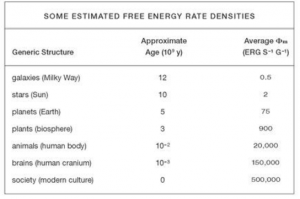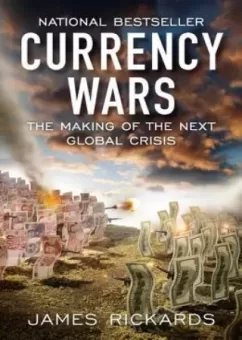Chapter 10
197 Robert K. Merton’s most famous contribution . . . Robert K. Merton, “The Self-Fulfilling Prophecy,” The Antioch Review 8, no. 2 (Summer 1948): 193–210.
197 A breakthrough in the impact of social psychology on economics . . . This work on what became the foundation of behavioral economics is contained in two volumes: Daniel Kahneman and Amos Tversky, eds., Choices, Values, and Frames, Cambridge: Cambridge University Press, 2000; and Daniel Kahneman et al., eds., Judgment under Uncertainty: Heuristics and Biases, Cambridge: Cambridge University Press, 1982.
201 If they are diverse they will respond differently to various inputs producing . . . The extended analysis that follows, including elements of diversity, connectedness, interdependence and adaptability, draws on a series of lectures under the title “Understanding Complexity,” delivered in 2009 by Professor Scott E. Page of the University of Michigan.
207 However, there is strong empirical evidence, first reported by Benoît Mandelbrot . . . This discussion of fractal dimensions in market prices draws on Benoît Mandelbrot and Richard L. Hudson, The (Mis)Behavior of Markets: A Fractal View of Risk, Ruin, and Reward, New York: Basic Books, 2004.
218 Chaisson posits that the universe is best understood . . . The discussion of Chaisson’s theory of free energy rate densities is from Eric J. Chaisson, Cosmic Evolution: The Rise of Complexity in Nature, Cambridge: Harvard University Press, 2001. Chaisson’s specific values for free energy rate densities are given as:

219 In his most ambitious work . . . Joseph A. Tainter, The Collapse of Complex Societies, Cambridge: Cambridge University Press, 1988
219 Tainter stakes out some of the same ground as Chaisson . . . Tainter, op. cit.
Pages: 1 2 3 4 5 6 7 8 9 10 11 12 13 14 15 16 17 18 19 20 21 22 23 24 25 26 27 28 29 30 31 32 33 34 35 36 37 38 39 40 41 42 43 44 45 46




